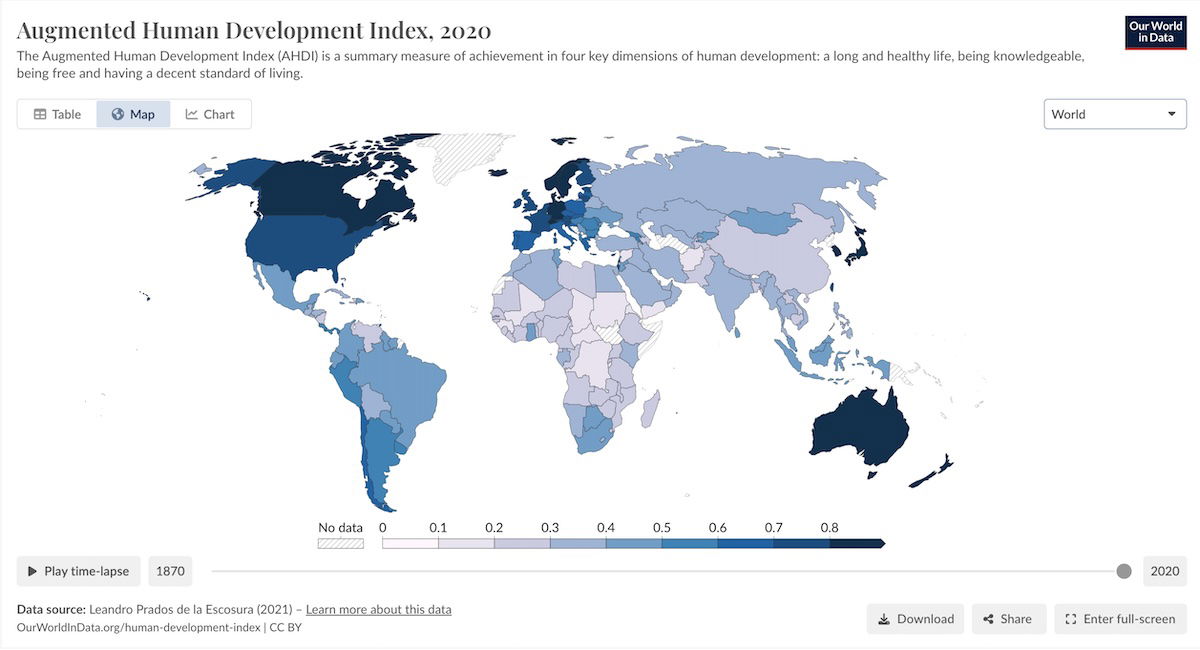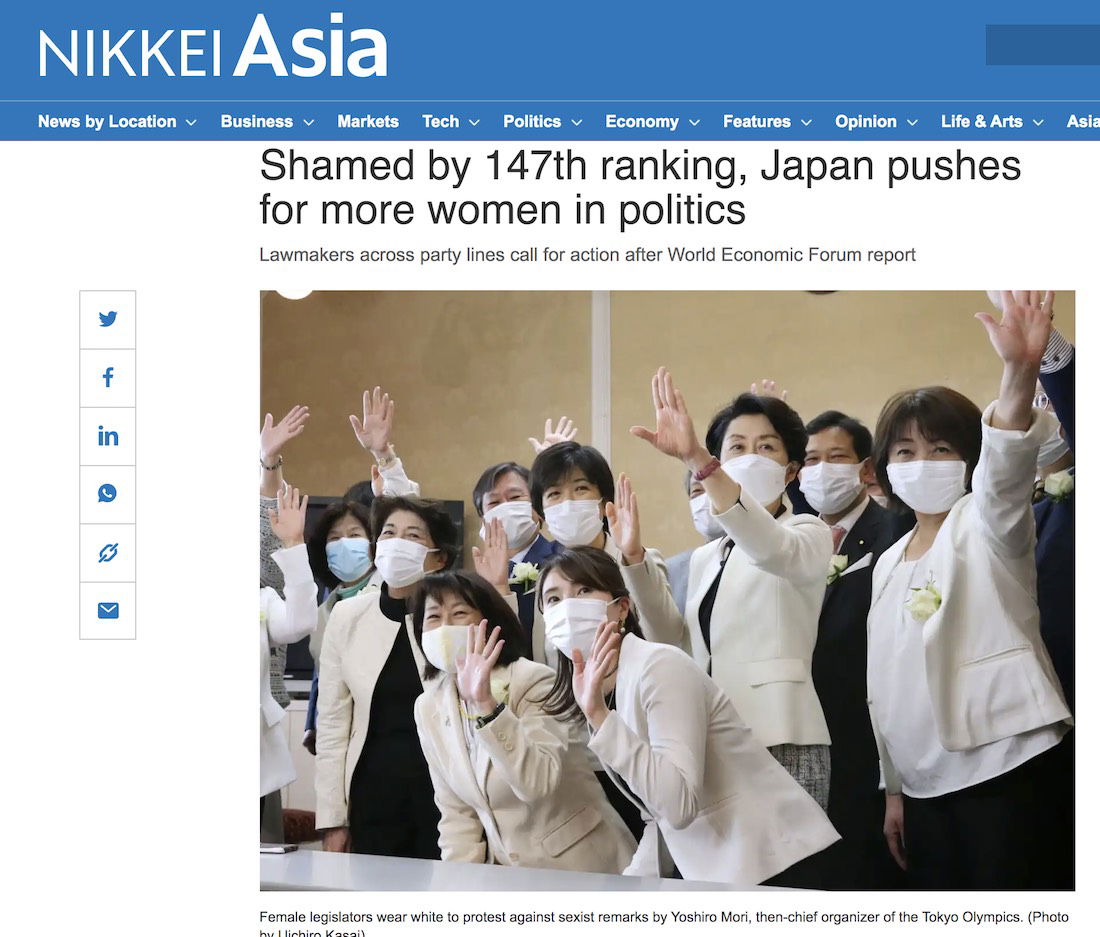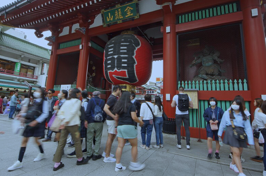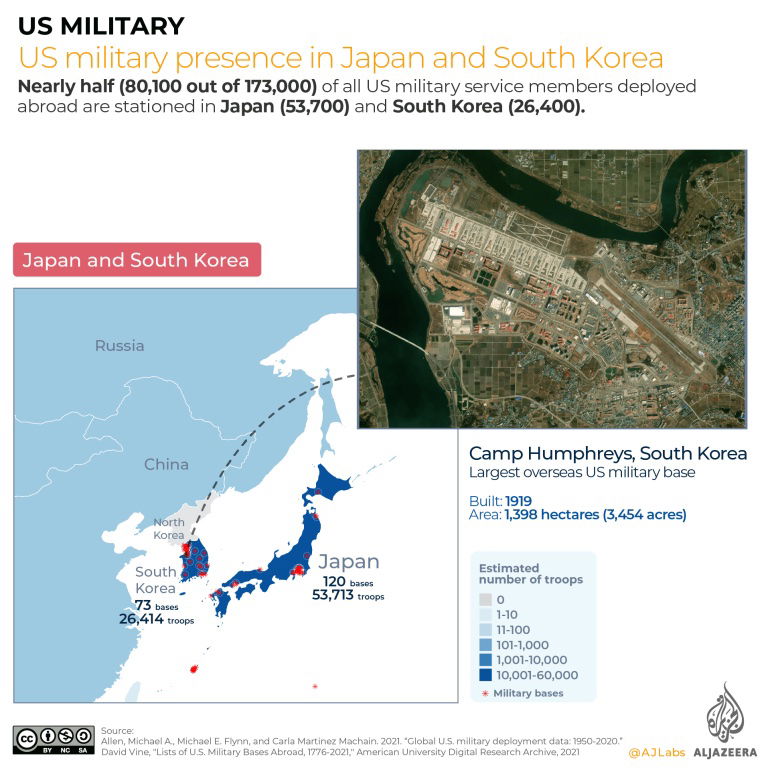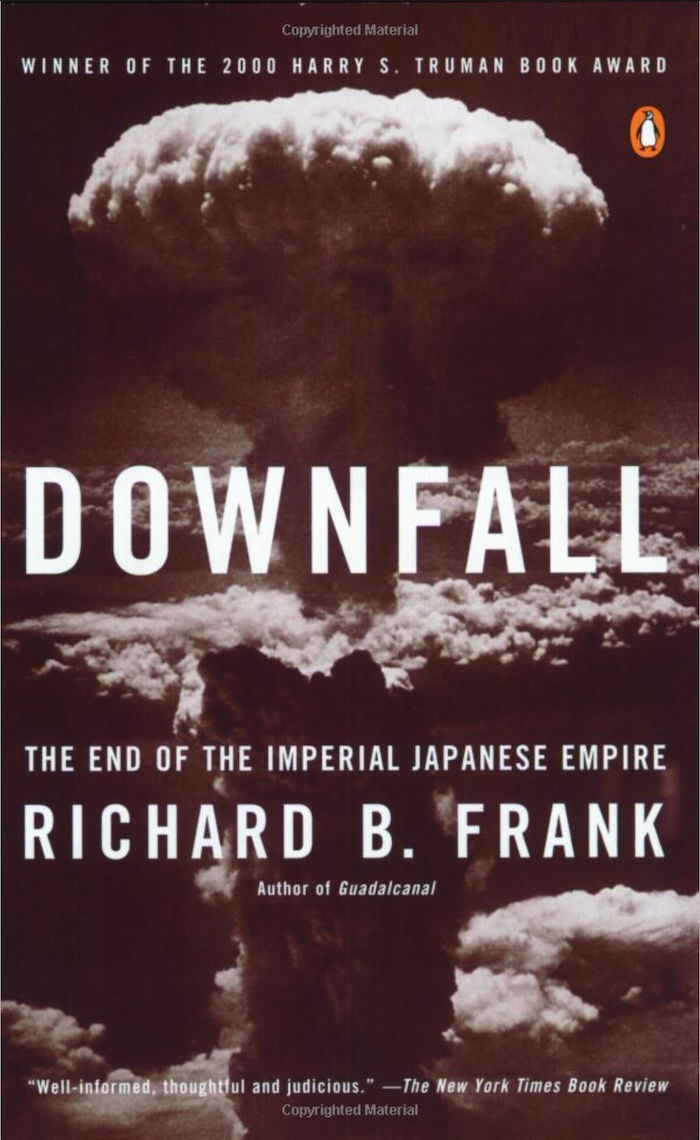East Asia 14
East Asia (Area Studies): Friday 2nd Period
FRIDAY East Asia (Spring 2025)
下記の方法に従うこと
READ THE DIRECTIONS
Complete:EAST ASIAWeek 10 July 18 [金] ~ July 24 [木] | |
提出期間 (7月18日 ~ 7月24日) |
East Asia Class Schedule (Friday) | |
| Day | Location |
| 7/18 last day | Room 8009 教室 |
SECTION 1Hong Kong(50 points)Complete : 提出期限By Sunday, July 20 (22:00): no score penalty (Sun.) July 20 (22:00) ~ (Tue.) July 22 (22:00): -10% from assignment score (Tue.) July 22 (22:00) ~ (Thur.) July 24 (22:00): -20% from assignment score No submission possible after July 24 (22:00) | ||
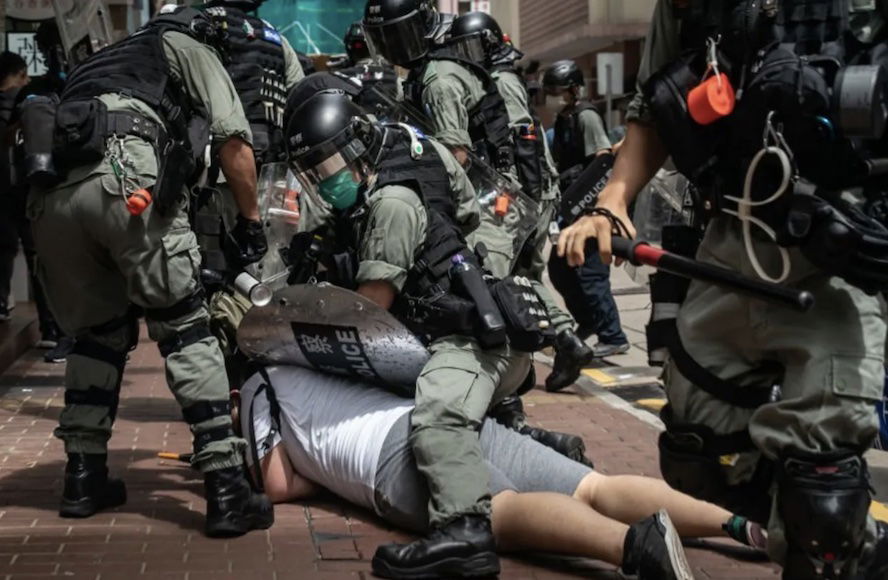 | 1. Hong Kong | |
| -Link to first article: National Security Law (NSL) -Link to second article: U.S. Sanctions -Link to video: Hong Kong | ||
1. Read the first article. Write a Critical Response: > 200 words2. Read the second article. 3. WATCH THE VIDEO China imposed the NATIONAL SECURITY LAW (NSL) in June 2020. The NSL applies to almost everything in Hong Kong now. The NSL is used to stop high-level actions like democratic protests. However, the NSL also affects anything the government wants it to affect, including the types of advertising that businesses can use. The UK and USA are the two most active critics of the NSL and its damage to civil rights in Hong Kong. China is directly violating its treaty with Hong Kong and taking over not only the government and economy but also Hong Kong's culture. For instance, the native language of Hong Kong is Cantonese. However, new education policies are destroying Cantonese and forcing younger people to learn only Mandarin, the official language of China in Beijing (the PRC). Despite pressure from countries like the UK and USA, many other countries have taken little to no action regarding the civil rights violations in Hong Kong. Some of these countries believe that Hong Kong is a domestic problem for China, so no one else should get involved. Please write a response to the VIDEO about Hong Kong and the NSL. Is the NSL necessary? Should countries like the UK and USA criticize the NSL and China's involvement in Hong Kong? Is democracy really necessary in Hong Kong (some Hong Kong people believe it is NOT necessary)? Will sanctions by the USA or UK do anything to improve the situation? Is the topic of Hong Kong really important, or is it just something for Western people to talk about? What would you say to a refugee (someone forced to leave) from Hong Kong? Write a critical response to this issue. There is no right or wrong response, but you must explain your thinking. WARNING: This response must be at least 200 words, BUT ... Responses that are barely above the minimum (example, just 202 words) will receive a lower score. A minimal response conveys that: "I don't really care about Hong Kong or the topic of civil rights," and "I don't want to think about this." This is unacceptable for a university student in an Asian Studies class in year 2025. 警告: この回答は最低200語でなければなりませんが、しかし... 最低をわずかに超える回答(例:202語)には低い得点が与えられます。 最小限の回答では、次のことが伝わります: "香港や公民権というトピックに関心がない"、"このことについて考えたくない"。 これは、2025年のアジア研究のクラスの大学生には受け入れられない。 | ||
Article: U.S. Defense Spending in Context
U.S. Indo-Pacific Command (PACOM)
SECTION 2AHDI & GDP Complete : 提出期限July 24 (10pm) (Thursday) 7月24 日 (22:00) (木) Before Thursday, July 24 (22:00): no score penalty (Thur.) July 24 (22:00) ~ (Sun.) July 27 (22:00): -20% from assignment score | ||
Augmented Human Development Indexand GDP per capita Augmented Human Development Index The Augmented Human Development Index (AHDI) is a summary measure of achievement in four key dimensions of human development: a long and healthy life, being knowledgeable, being free and having a decent standard of living. | ||
下記の方法に従うこと | ||
2. Augmented Human Development(Assignment) (課題) (26 points) | ||
GDP per capita measures the economic production of a country based on its population. https://ourworldindata.org/grapher/augmented-hdi-vs-gdp-per-capita | ||
| Correlation is the relationship between two or more variables. If one thing changes, how does the other thing change? Correlations usually have a positive direction or a negative direction (does NOT mean GOOD/BAD). 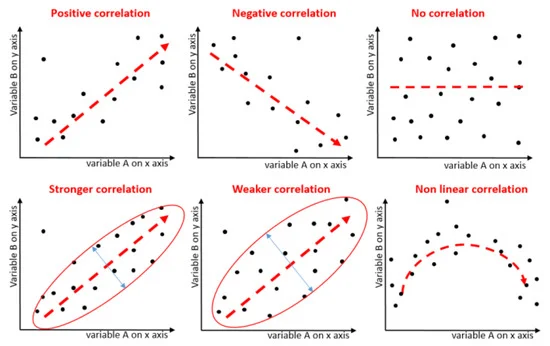 A positive correlation means that if one thing changes in one direction, then the other thing changes in that same direction. For example, if you have ¥1,000 yen, then you can take the train two times. If you have ¥2,000, then you can take the train four times. This is considered a very strong positive (+) correlation because the change is very clear (a straight line is actually a perfect 100% correlation). Whenever you get ¥1,000, you can take the train 2 more times. A negative correlation means that if one thing moves in one direction, then the other thing moves in the opposite direction. For example, if you studied for 4 hours yesterday, then you had 6 hours of free time. If you studied for 6 hours, then you had only 4 hours of free time. This is considered a very strong negative (-) correlation because the change is very clear (a straight line is actually a perfect 100% correlation). As you increase your studying time by one hour, you decrease your free time by one hour. | ||
SECTION 3.1BONUS - NOT REQUIRED Article & WritingWomen LawmakersComplete : 提出期限 July 27 (10pm) (Sunday) 7月27 日 (22:00) (日) by Sunday, July 27 (22:00): no score penalty | |
Women Lawmakers 147th.pdf3.1 Women Lawmakers(Bonus Assignment) (課題) Nikkei Asia link | |
LINK: GGGI - Global Gender Gap Index | |
SECTION 3.2BONUS - NOT REQUIRED Complete : 提出期限July 27 (10pm) (Sunday) 7月27 日 (22:00) (日) by Sunday, July 27 (22:00): no score penalty | ||
| If you need more points in this class, I recommend that you do this assignment. I will give extra points based on your essay response to the article. | ||
Open .docx file as READ ONLY The ariticle is in 日本語 and English. Tourism in Japan.docx | ||
3.2 Tourism(Assignment) (課題)(bonus points) | ||
The score for this assignment depends entirely on how much work and thought you put into the writing. | ||
The Great Leap Forward (China 1958-1962)
Cultural Revolution (1966-1976) [clip from Three-Body Problem]
Ye Qisun: physicist (wiki)
Ye Qisun ("Yeh Chi-sun") photos: Physicist destroyed by C.Revol
Actor Perry Yung discusses his scene as Ye Zhetai
Uyghurs Article
JAPAN
Economic Complexity Index (ECI)
harvard.edu/rankings
World History Encyclopedia (WHE)
https://www.worldhistory.org/Taoism/
the Asia-Pacific War | |
Some students are interested in the Asia-Pacific War (1937-1945). | |
Richard Frank is an American historian who specializes in the Asia-Pacific War. He is known for extremely detailed research and writing, relying on evidence available from both Japanese and American archives. Downfall: The End of the Imperial Japanese Empire is the best book I have read about the end of the war, from both Japanese and American perspectives. The book focuses on 1945, discussing in detail the dire situation of Japan and the decisions leading up to the use of the atomic bombs. | There are many possible points to cover, so what are you interested in? Possibilities: 1. Japan's occupation of Asian regions (occupation, violence, war crimes) 2. Industrial wartime production (population & factories) 3. The U.S. bombing & blockade campaign 4. Atomic Weapons Development & Japan (wartime & afterward) Let me know if any of these interest you, or if you have some other topics that interest you. WWII CasualtiesCasualties in Asia about 35 million total, with Chinese casualties almost 20 million. |
| VIDEO Prewar -Japan: Rise of Ultranationalism -China: Conflict with itself & Japan -USA: American Empire War Factories: -Japan: Mitsubishi Zero -USA: Aviation -USA: Ships Bombing: -U.S. B-29 (Tokyo Raid) War Crimes: -Nanjing Massacre (Rape of Nanking) -Japan: Unit 731 & beyond (Australian news documentary) -Comfort Women: Interview with Ms. Kim Bok-Dong (survivor) -Comparison: Nazi Death Squads (SS Einsatzgruppen) Articles: -Article: Overview of War in Asia -Article: Atomic Narratives (by TF) | |
